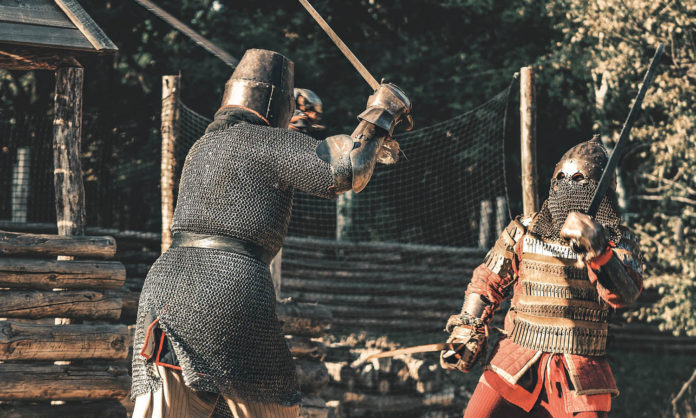
In a post on Writers Helping Writers, Angela Ackerman says conflict should target your character’s soft spots. “When we take aim at the things our character cares most about, trigger their fears or insecurities, or smack them right in the ego, they’ll react in a way that reveals their true selves, and that’s the person readers will connect to,” she writes.
So, how do you find those spots and create problems that produce the response you want? Ackerman examines a few types of conflict that you can use to challenge your characters:
- Dangers and Threats. These outside influences can cause physical pain or problems for your characters or someone they love. “Introducing a danger or threat can mess with your character’s mental state, pulling up their deepest fears and even leading to panic if others they love are at risk,” Ackerman says. These dangers can strike internally – via an addiction or fear – or externally with a threat to life caused by nature or accident. “Depending on what you need for the story, threats or dangers can inconvenience, create delays, ruin carefully laid plans, or worse,” Ackerman adds.
- Ego-Related Conflicts. Your characters already have internal flaws and weaknesses; why not exploit them? “Being excluded, discredited, blamed, or minimized will hurt them, even if they strive not to show it,” Ackerman says. “Ego-related challenges stir up internal conflict and trigger sensitivities that are hard to hide, so the character may respond by pulling back and isolating themselves, exploding with anger, or replying with barbed honesty that only makes things worse.”
- A Loss of Control. In the real world, we organize our lives so that we have some measure of control over our outcomes. We save money, leave for appointments early, and bite out tongues, but life still throws unexpected events in our path. “A loss of control in the real world can be devastating because we think we should have seen what was coming—anticipated it and had an escape plan ready, so when we hit a character with a complication they can’t stop or prevent, it messes them up, too,” Ackerman writes. “Conflicts that dispel the myth of control will reveal characterization in the protagonist’s lowest moment.”
- Losing an Advantage. Like us, our characters work hard towards their goals and sometimes feel like they’re ahead of the game. Of course, that’s when things go wrong. Losing an advantage might prompt your character to action at the very beginning of your story (the call to adventure) or it might test their resolve at a key moment (the dark night).
- Power Struggles. Much conflict can be described as a simple power struggle between two characters with clashing or competing goals. This kind of struggle is exacerbated when the two characters in conflict don’t have equal power, such as a police officer and suspect, boss and employee, or teacher and student, or when one character wields power unfairly. “One of the best places to highlight a power struggle is within a dialogue exchange between characters with different goals,” Ackerman notes. “If one party wants information the other doesn’t want to share, a beautiful tug-of-war can unfold, complete with verbal jabs, veiled threats, and insults.”











